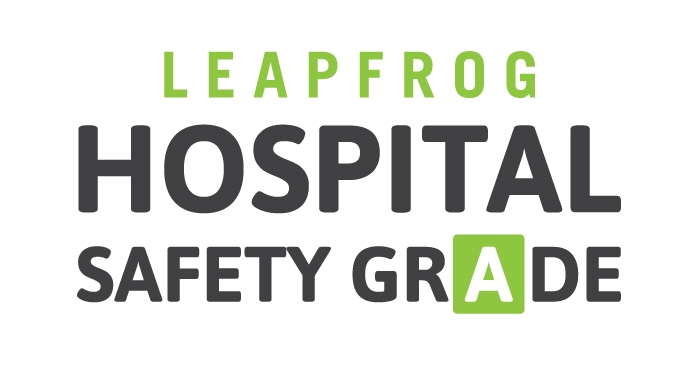Heat Illness: What You Need To Know
- Category: Blog
- Posted On:
- Written By: PVHMC - Admin

Heat illness is preventable. It is an accumulation of body heat that results when the body’s ability to cool itself is overwhelmed. There are different types of heat illness, such as heat cramps, heat exhaustion, and the most severe, heatstroke. However, symptoms don’t always progress from one type of heat illness to the next.
Body heat increases during exercise but the body can cool itself through sweat evaporation. The risk of developing heat illness significantly increases in hot, humid environmental conditions because the evaporation of sweat and cooling are hindered.
Dehydration is also a risk factor for heat illness. Exercise in hot, humid conditions can cause significant dehydration in as little as 30 minutes. Athletes need to drink regularly because thirst is not a reliable indicator of either dehydration or fluid needs. Thirst mechanisms don’t kick in until an athlete has lost 2% of body weight as sweat—at this level sports performance is already impaired. Athletes typically replace only 1/3 to 2/3 of sweat losses when they use thirst as a guide.
Don’t Be a Victim: Know the Risk Factors for Developing Heat Illness
- Hot, humid conditions—especially if not acclimated to it
- Dehydration
- Use of heavy equipment or clothing such as a football or hockey uniform
- High-intensity exercise
- Concurrent or simultaneous illness or fever
- Obesity
- Deconditioning
- Chronic or long-term diseases such as diabetes
- Alcohol consumption or substance abuse
How Do We Recognize Heat Illness?
Types of Heat Illness | Symptoms | Initial Treatment |
Heat Cramps | Painful muscle spasms in the legs, arms or torso. Risk of cramping increases with lack of acclimatization, dehydration, and use of diuretic medications. | Rest and stretch the affected muscle. Drink sports drinks to help replace fluids and sodium. I.V. fluids can be avoided if precautionary steps are taken early. |
Heat Exhaustion | Unusual fatigue, nausea, headache, dizziness, vomiting, chills. | Rest in a cool, shaded area with legs elevated. Rehydrate! Drink small amounts of fluid often. Remove excessive clothing and equipment. Do not resume exercise until resting at least two hours or more. |
Heat Stroke | Dizziness, light-headedness, incoordination, irritability, belligerence, confusion, seizures, coma. | Call 911! This is a true medical emergency and should be treated at a hospital. Rapid cooling is required before transport. Remove unnecessary clothing, immerse in ice water, spray the body with water, wrap in cool wet towels or cool body with ice packs. |
Play it Safe! Do your best to avoid heat illness by following these tips:
1. Alert your coach or athletic trainer anytime you don’t feel well.
2. Allow time for acclimatization and become accustomed to hot, humid conditions. Gradually increase workout intensity and duration over a 10 to 14 day period. This helps train your body to drink more, increase blood volume and sweat better.
3. Wear loose-fitting, light-colored clothing to help promote heat loss.
4. Do strenuous exercise in the early morning or late evening, not during the heat of the day. If this cannot be avoided, modify workout intensity and increase the number and length of rest breaks.
5. When exercising outside, stay in the shade as much as possible.
6. Monitor hydration status. Ideally, bodyweight should be taken before and after practice to determine sweat loss. Check that urine color is pale like lemonade, not concentrated like apple juice.
7. Drink up when it’s hot and when it’s not! There should be unlimited access to fluids throughout practices or competition.
- Two hours before exercise drink at least 16 oz (2 cups) of fluids.
- During exercise drink at least 7–10 oz (about one cup) every 10–20 minutes.
- After a workout or competition, drink 24 oz (3 cups) per pound bodyweight loss through sweat.
8. Choose cool, lightly sweetened, flavored beverages with sodium, like sports drinks, when possible.
- Flavoring and sodium may encourage you to drink sooner and drink more so you hydrate better.
- Water does not help replace sodium and other electrolytes that are lost through sweat.
- If only water is available, drink early and often.
9. Limit carbonated beverages and fruit juices during exercise since they can upset your stomach.



